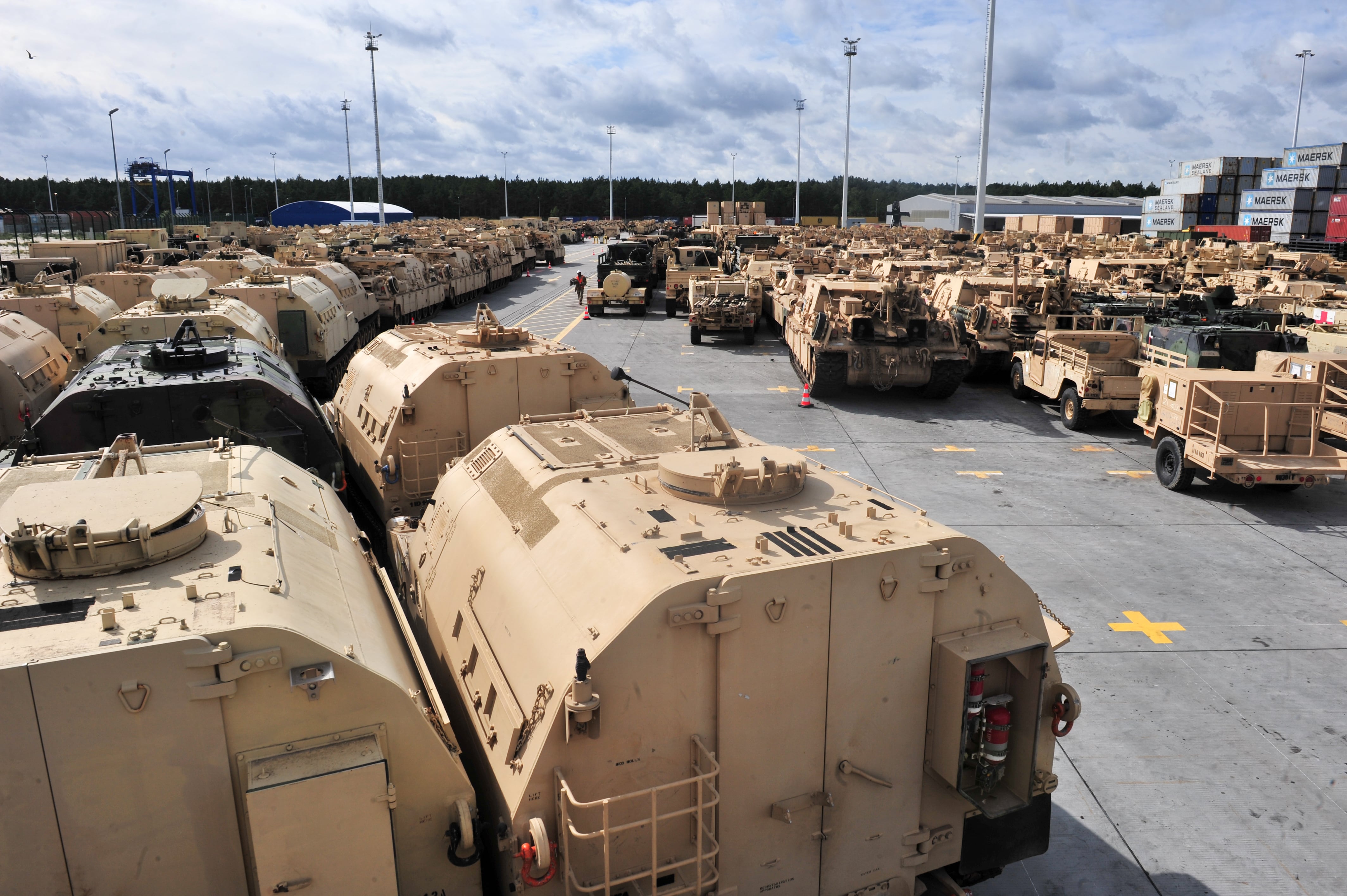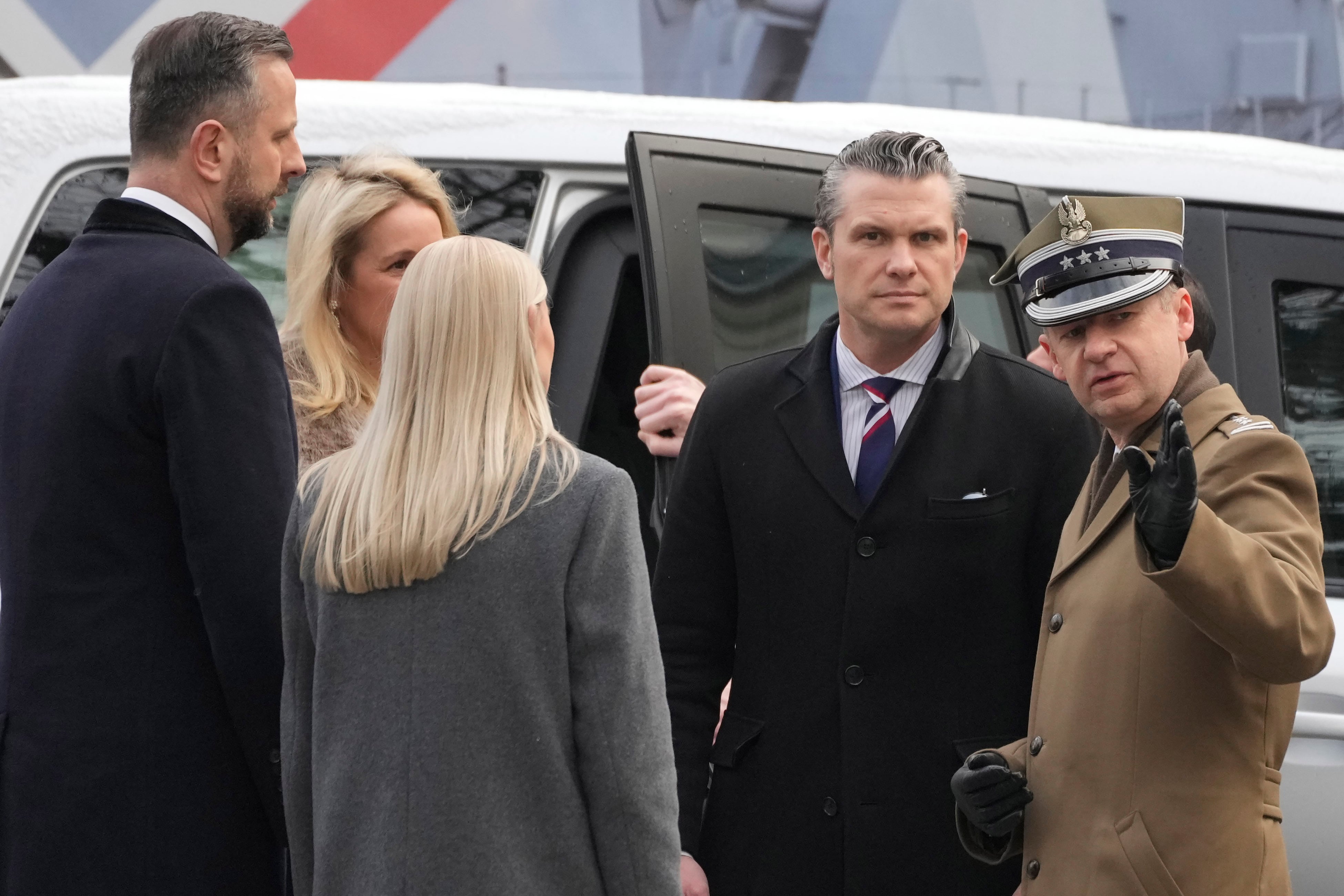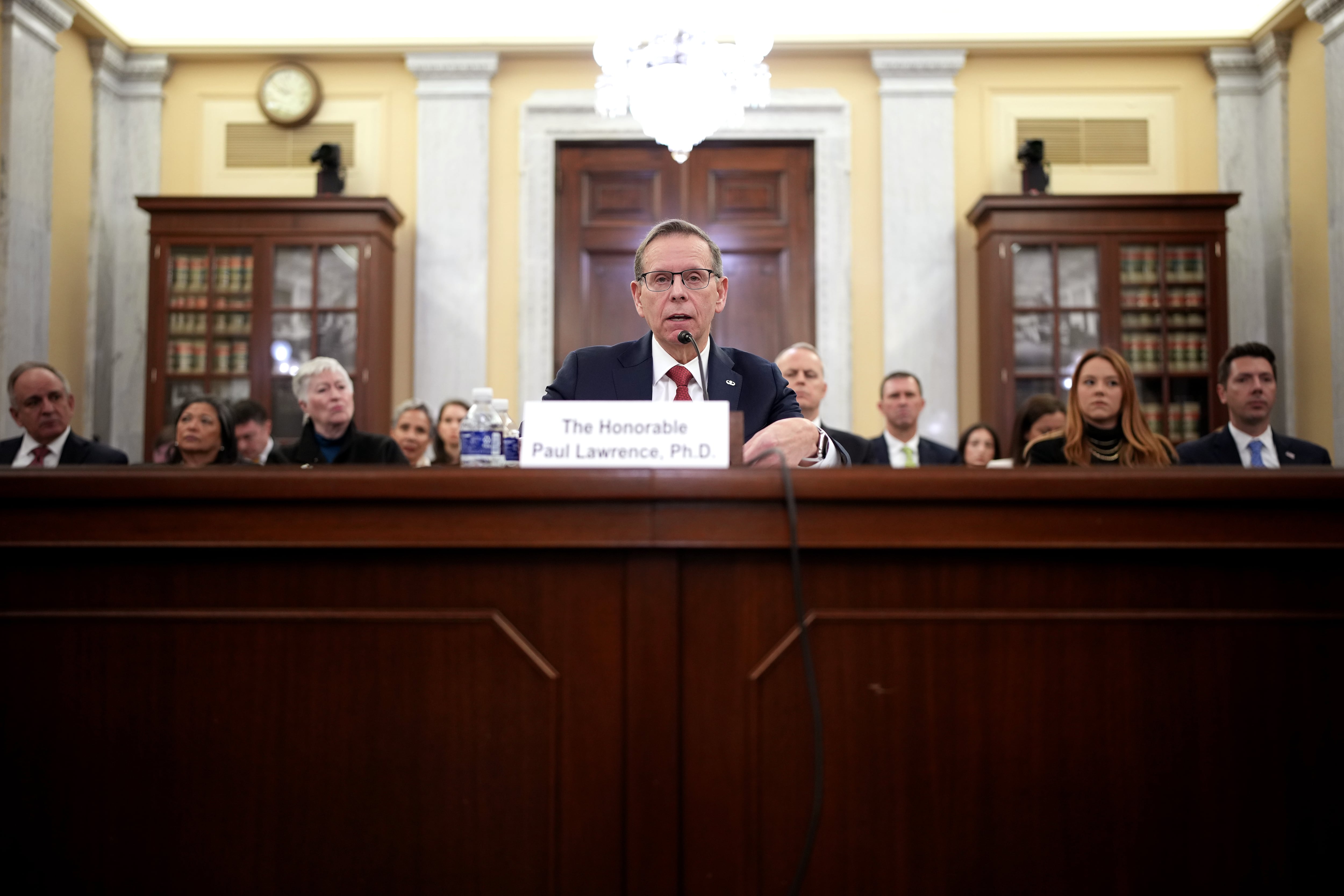PARIS AND WASHINGTON — Congress is pushing for more U.S. soldiers in Europe in its fiscal 2023 draft defense policy bills as the Russian invasion of Ukraine grinds on into its fifth month.
The move aligns with President Joe Biden’s June 29 remarks at the NATO summit in Madrid, Spain, where he said the U.S. will establish a permanent base in Poland and will also send two additional F-35 fighter jet squadrons to the UK as well as more air defense, among other capabilities, to Italy and Germany.
The recently released House Armed Services Committee’s chairman’s mark of the FY23 defense authorization act says the “further invasion of Ukraine presents a sea change to the security environment in Europe that requires a long-term shift in the force posture of the United States and its allies, in order to ensure the maintenance of collective deterrence.”
It’s “necessary” for the U.S. to establish additional permanent stations and continuous rotational forces along Europe’s eastern flank, the mark adds.
According to lawmakers, the U.S. should not rely on allied forces to make future force posture enhancements in Europe and should not plan to “revert” to the force levels and positioning it had in Europe prior to Russia’s invasion.
Before Russia’s 2014 annexation of Crimea, the Army had begun drawing troops and equipment out of Europe. After that annexation, the U.S. sent troops and equipment back into Europe along with an influx of funding to support the renewed posture. This included the deployment of a heel-to-toe rotational Armored Brigade Combat Team and a Combat Aviation Brigade.
Since then, the Army has also activated V Corps with a forward headquarters in Poland that controls specific operations, activities and initiatives and established a Multidomain Task Force and a new Theater Fires Command.
The U.S. is at the “front edge” of the NATO alliance as part of the response to the Russian invasion and has deployed a large number of troops in Poland and elsewhere in eastern Europe, Kevin Marcus, the deputy chief of staff and director of strategy, plans and policy at U.S. Army Europe and Africa, said at Eurosatory, a defense exhibition held in Paris, France, earlier this month.
But the U.S. must continue to project power across the European theater and expand its influence to areas like the Western Balkans, he added.
The HASC legislation to points to the Western Balkans as requiring additional attention.
A call for steady funding
The proposed HASC legislation calls for maintaining the full European Deterrence Initiative funding, a pool of money created after Russia’s 2014 annexation.
The Obama administration made its first request of $3.4 billion for the fund in FY15. Some $2 billion funded the first armored brigade’s rotation in Europe, beyond a Stryker brigade and infantry brigade already there, with another $1.8 billion for an entire armored brigade’s worth of equipment.
But the effort’s funding peaked at $6.5 billion in FY19. After a drop attributed to one-time expenses like infrastructure projects, the fund stood in FY21 at $4.5 billion, including $250 million for military aid to Ukraine.
Gen. Tod Wolters, U.S. European Command, has said EDI investments allowed the U.S. to be able to respond to the Ukraine crisis in five days; without previous investments, he said, it could have taken as long as 21 days to deploy units.
The House legislation too notes that past “decisions made by the Department of Defense and Congress about prepositioned stocks, mobility and funding for EDI led directly to this ability to quickly reinforce the area of operations in this crisis.
“EDI investments will be crucial for adaptation to the new European security environment,” the draft legislation continues.
Further EDI programs in the Black Sea, the Baltics, the Arctic and Central Europe should be added to “maintain the credibility” of the obligation to defend “every inch” of NATO territory, the mark states. The Pentagon “should not seek a path toward EDI’s sunset.”
The Defense Department, in FY23, is seeking $4.2 billion in EDI funding.
The chairman’s mark also commends the increasing commitment of NATO allies to spending more on defense capability in Europe.
“The United States should continue to work with allies on complementary investments to establish in Europe a mature, fully integrated deterrence platform capable of responding to the expanded threat of Russian aggression and supporting NATO allies’ ongoing efforts to collectively resist direct and hybrid threats to shared values, interest and ideals,” the chairman’s mark reads.
Strengthening the alliance
The US should work with NATO allies in eastern Europe to enhance military capability in the region with improved artillery systems, Multiple Launch Rocket Systems, man-portable air defense systems, air defense systems and other capabilities, the legislation states.
Marcus, the USAREUR deputy chief, said allies should contribute by building more fully formed brigades; while many countries bring infantry brigades with towed artillery systems, the alliance needs more mobility and protection.
Marcus also said the alliance must balance the maneuver force structure with sustainment. “We just don’t have the Corps and Division level of sustainment,” he said. “[Until] we’ve got that backbone at a tactical level supported by theater sustainment architecture, we’re not going to be able to sustain our force.”
In the future, the U.S. military can’t rely on reinforcements from the continental U.S., Marcus said, making the case for permanently stationed and rotational forces in Europe that are interoperable with allies and partners.
“We cannot ensure that that reinforcement is going to be uninterrupted, that we can deploy safely out of the United States anymore,” he said. “We also can’t guarantee that we’ll have the political decisions that drive that deployment in time, given concerns of escalation.”
Strategy required
The HASC, in its policy bill, directs the defense secretary to provide “a comprehensive strategy and resourcing plan” to all congressional defense committees no later than March 22, 2023, to enhance posture on the eastern flank of Europe to include more permanent and end-to-end rotational deployments.
An interim strategy with potential options should be briefed to the HASC by Aug. 15, 2022.
The strategy should also reassess U.S. plans to contribute to NATO air policy, Extended Forward Presence, Tailored Forward Presence and other NATO battle groups.
The strategy should include the Pentagon’s plans for defense of the Black Sea region, which is already a requirement through the FY20 National Defense Authorization Act and U.S. military force posture in Southeastern Europe, which was required in the FY21 NDAA.
While the Senate Armed Services Committee has not publicly released its full markup of its version of the FY23 defense policy bill, a summary of the document indicates the committee wants to fully authorize the Pentagon’s FY23 budget request for EDI and require an assessment of the force posture and ally engagements as well as resourcing needed to implement the National Defense Strategy in Europe and uphold U.S. NATO commitments.
“We will probably continue to ask for forces no matter what we have. We’re going to do it, forces demand will rise, but we are never going to get all that we probably want, we can’t do that,” Marcus said.
“What we’ve got to be able to do is increase the capability of what it is we’ve got. We’ve got to make ourselves more lethal,” Marcus said. “We’ve got to make ourselves more credible as we become more lethal and interoperating with our allies in Europe ... is a key way we do that,” he said.
Jen Judson is an award-winning journalist covering land warfare for Defense News. She has also worked for Politico and Inside Defense. She holds a Master of Science degree in journalism from Boston University and a Bachelor of Arts degree from Kenyon College.





